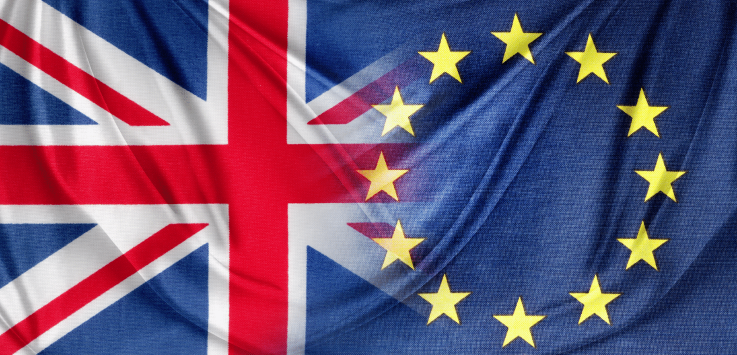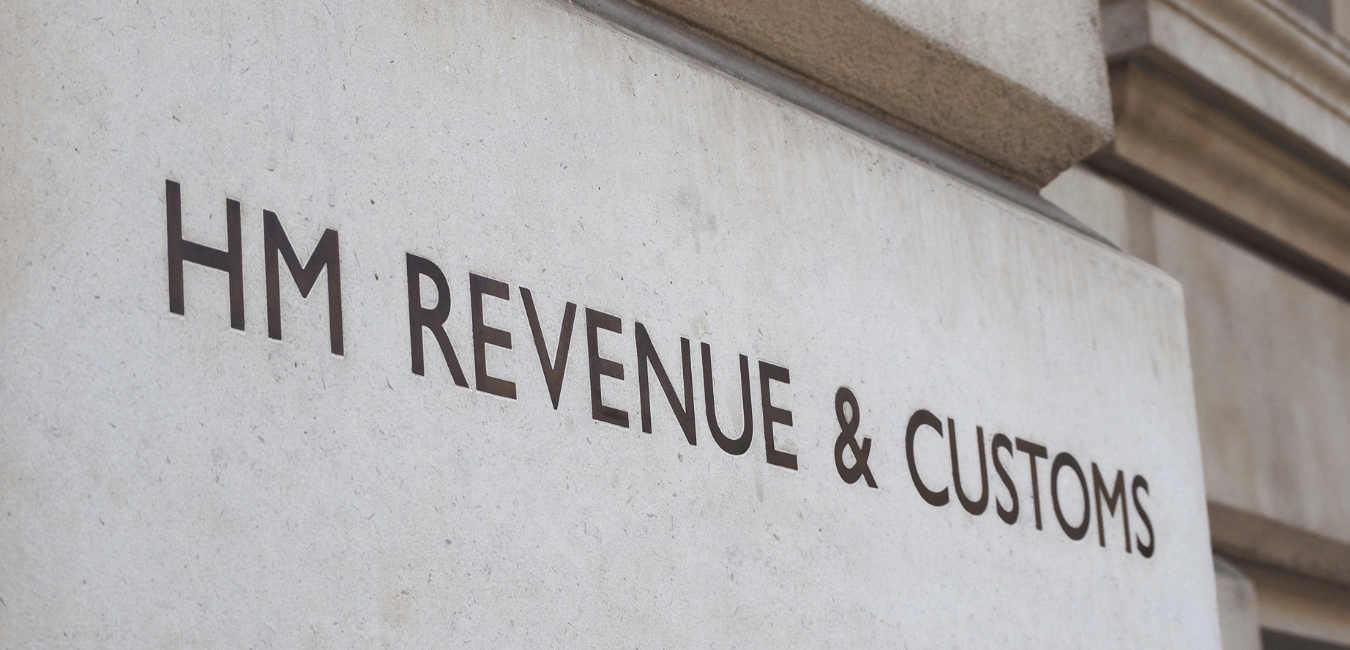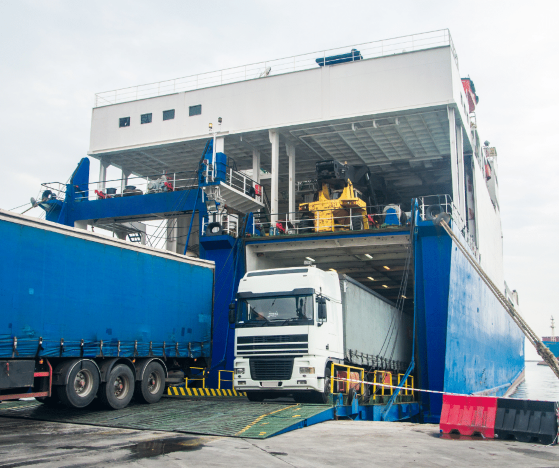Preference Duty: Financial Benefits & Trade Advantages
Preferential rules of origin can be complicated

What is Preference?
To obtain access to foreign markets and promote international trade, preferential trade agreements are set up between partner countries. A large and growing number of countries participate in preferential trade agreements, resulting in businesses paying lower or zero preference rates of import customs duty on their goods. However, to be eligible for preference rates the goods must comply with relevant rules of origin.
Preferential rules of origin can be complicated, and importers and/or exporters need to understand how the rules apply to their products.
Brexit and EU Preferential Trade Agreements
The European Union (EU) has in place preferential trade arrangements with numerous individual nations and groups of nations. The UK Government has been requesting a continuation of all EU preferential trade arrangements with countries outside the EU (known as third countries) after Brexit. If the UK does leave the EU, the UK Government may review these existing EU agreements and develop bespoke UK preferential trade arrangements. The UK Government has stated that it plans to build ambitious new preferential trade arrangements, once the UK leaves the EU.
Until Brexit, the UK remains a member of the EU with full access to all EU preferential trade arrangements.
What are the main benefits of using Preference?
Imports
Businesses importing their products from foreign markets covered by Preferential Trade Agreements can receive the products at reduced or nil rates of duty. Therefore, the importer pays less for their products compared with sourcing them from a foreign market not covered by Preferential Trade Agreements.
Exports
Businesses can export their products to markets covered by Preferential Trade Agreements and their foreign customer can receive the products at a reduced or nil rate of duty. Therefore, the exporter has a market advantage over competitors supplying products from countries not covered by Preferential Trade Agreements.
Claiming Preference on Imports – Top level
The Importer will need to confirm if their imported products qualify for preferential duty rates by following these steps:
Step 1
Classify the products to be imported against the Customs Trade Tariff using the full 10-digit commodity code. Commodity codes are also known as HTS or tariff codes, in different countries. Please see our Blog for more details on commodity codes: Brexit and UK Customs Clearance Requirements
Step 2
Once the products have been classified, check the commodity code against the Customs Trade Tariff to identify if any preferential rate of duty is appropriate.
Step 3
Identify the country the products are being sourced from and confirm within the Customs Trade Tariff if that country is a beneficiary country under preference.
Step 4
Most importantly, confirm with the foreign supplier that products are of ‘Preference Origin’, that the products fully comply with the rules of preference origin and that the supplier (foreign exporter) can issue the correct preference document, such as a GSP Form A. See preference origin rules below.
Step 5
On import ensure that the correct preference document is presented to customs at the time of the import declaration / entry.
Claiming Preference on Exports – Top level
The Exporter will need confirm if their products for export out of the EU qualify for preferential duty rates by following these steps:
Step 1
Classify the products to be exported against the Customs Trade Tariff. Use the first four digits of the commodity code to check the preference origin rules, which are covered by country specific laws. These origin rules are contained within the EU regulations.
Step 2
Identify if the export market is a beneficiary country under preference.
Step 3
The Exporter must ensure a full understanding of the preference origin rules covering the products to be exported. See preference origin rules below.
Step 4
Most importantly, the Exporter must make sure to have documented evidence to support the issue of preference certificates or invoice declarations to cover the export.
Step 5
Issue the EUR1 Form or EUR1/EUR-MED Form or make an invoice declaration, depending on the export destination and the regulations.
Preferential Trade Agreements
The EU has both bilateral and unilateral preferential trade arrangements with unions of countries (trading blocs) and third countries.
Bilateral
Bilateral agreements are often very specific and targeting an individual policy area. The EU has many bilateral agreements in place. Some examples:
- A bilateral preferential trade arrangement between the EU and Turkey which covers most agricultural, coal and steel products.
- The EU and Japan's Economic Partnership Agreement removed tariffs and other trade barriers, which had made it difficult for EU exporters to compete.
- The agreement between the EU and Canada (the EU-Canada Comprehensive Economic and Trade Agreement or CETA) has eliminated 98% of tariffs in bilateral trade.
Unilateral Preferential Trade Arrangements
These arrangements normally benefit only one nation and are imposed on one nation by another. A good example is the Generalised System of Preferences (GSP), which allows products from developing or Least Developed Countries (LDCs) to be imported into the European Union (EU) at a reduced or zero rate of duty. These GSP preferences are 'non-reciprocal', which means that GSP does not apply to exports from the EU to these same countries.
The UK and EU administer three GSP systems:
- Standard GSP for low and lower-middle income countries, resulting in partial or full removal of customs duties.
- An extension to the GSP system is GSP+, which includes developing countries that have proved their commitment to good governance and sustainable development. As a result, most duty rates are 'zero' under this part of the scheme.
- Everything But Arms (EBA) is a special arrangement for least developed countries, providing them with duty-free, quota-free access for all products except arms and ammunition.
HM Revenue & Customs (HMRC) have stated:
The UK will continue to apply the EU Generalised Scheme of Preferences during an implementation period if the UK leaves the EU with a deal.
Preference Origin Rules
To be eligible for preference origin, the products must be manufactured and/or originate in a beneficiary or qualifying country. If the products do not meet these requirements, then import or export preference duty cannot be claimed, and full standard rate duty will apply.
All preferential origin goods must satisfy the relevant conditions, such as:
- Be manufactured from raw materials or components which have been grown or produced in the beneficiary country.
- The product underwent a certain amount of working or processing in the beneficiary country and can be considered as "originating".
- Products have been sufficiently transformed in beneficiary country, resulting in a change of tariff classification.
- During manufacture of the product, the customs value of all the non-originating materials used did not exceed the threshold fixed by the origin rule for that product.
- A combination of the above.
Importers and Exporters can apply to HMRC for Binding Origin Information (BOI), which is a written decision by customs confirming the origin of the product. This is valid for 3 years and is legally recognised within the EU.
Cumulative Origin Rules for EU Exports
The European Commission states the following:
Cumulation is a mechanism that allows you to consider non-originating materials used or processing carried out in another country as originating in your country or carried out in your country. There are three types of cumulation:
1) Bilateral cumulation
Materials originating in the EU may be used as materials originating in your country. This cumulation applies to all EU preferential regimes.
How it works
If the rule attributed to your good is as that described in the sufficiently transformed goods section.
- The value-added rule: cumulation permits you not to account the value of the materials originating in the EU in the percentage maximum threshold.
- The change of tariff classification: because of cumulation you do not need to verify if there was change of tariff classification of the materials originating in the EU.
- Manufacture from certain products: because of cumulation you do not need to verify if the materials originating in the EU refer to a later state of production or not.
2) Diagonal cumulation
Materials originating in a defined country (mentioned in the relevant provision on cumulation) may be used as materials originating in your country.
How it works
If the rule attributed to your good is as that described in sufficiently transformed goods section.
- The value-added rule: cumulation permits you not to account the value of the materials originating in that country in the percentage maximum threshold.
- The change of tariff classification: because of cumulation you do not need to verify if there was change of tariff classification of the materials originating in that country.
- Manufacture from certain products: because of cumulation you do not need to verify if the materials originating in that country refer to a later state of production (i.e. fabric) or not.
3) Full cumulation
Processes carried out in the EU or a defined country (mentioned in the relevant provision on cumulation) may be considered as carried out in your country. Contrary to bilateral or diagonal cumulation, full cumulation permits you to consider materials that are not yet originating in the EU or your country. This implies that there are more materials imported from the EU or your country that you can use for cumulation purposes under this specific type of cumulation.
How it works
If the rule attributed to your good is as that described in sufficiently transformed goods section.
- The value-added rule: cumulation permits you not to account the value of the materials imported from that country in the percentage maximum threshold.
- The change of tariff classification: because of cumulation you do not need to verify if there was change of tariff classification of the materials imported from that country.
- Manufacture from certain products: because of cumulation you do not need to verify if the materials you imported from that country refer to a later state of production (i.e. fabric) or not.
If you would like more details, please call +44 (0) 118 932 8447 or email info@icsglobalservices.com
Share this page

Get in touch
Contact Us
We will get back to you as soon as possible.
Please try again later.



